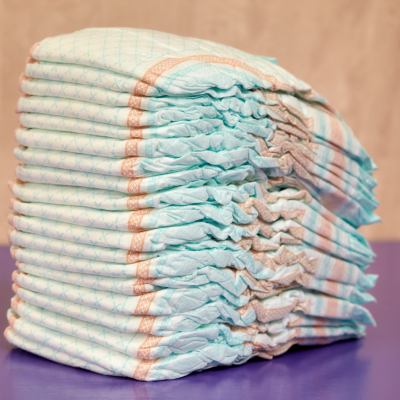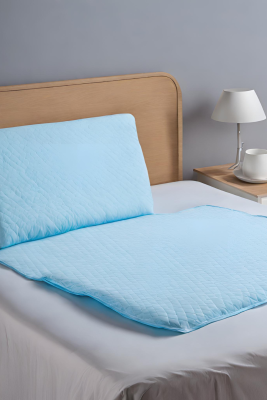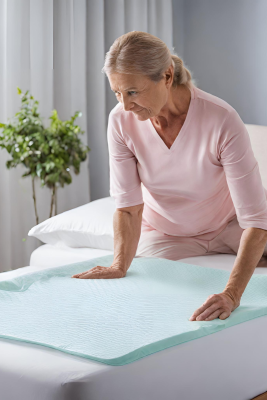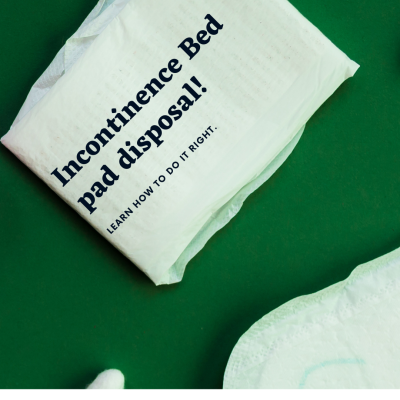Incontinence
Unveiling the Mystery: Understanding the Causes of Incontinence
Unveiling the Mystery: Understanding the Causes of Incontinence
Incontinence, a condition characterized by the involuntary leakage of urine or faeces, can significantly impact an individual’s quality of life.
While it might seem embarrassing to discuss, understanding the underlying causes of incontinence is crucial to finding effective management and treatment strategies.
In this blog post, we’ll dive deep into the various factors that contribute to the occurrence of incontinence, shedding light on a topic that often remains shrouded in mystery.
The Complex Muscular Network: At the heart of incontinence lies a complex interplay of muscles, nerves, and organs responsible for controlling the bladder and bowels.
The muscular structure that supports urinary and faecal control includes the pelvic floor muscles, the bladder’s detrusor muscle, and the sphincters that regulate the release of waste.
Disruptions or dysfunction in any part of this network can lead to incontinence.
Types of Incontinence and Their Causes:
-
Stress Incontinence: This type occurs when physical activities such as laughing, sneezing, or lifting place pressure on the bladder, causing leakage. It’s commonly linked to weakened pelvic floor muscles, often stemming from pregnancy, childbirth, obesity, or even chronic coughing.
-
Urge Incontinence: Known as an overactive bladder, urge incontinence involves a sudden and intense urge to urinate followed by involuntary leakage. This type is often a result of abnormal nerve signals between the bladder and the brain, which might be triggered by conditions like urinary tract infections, neurological disorders, or bladder irritants like caffeine and alcohol.
-
Overflow Incontinence: This occurs when the bladder doesn’t empty properly, leading to constant dribbling or leakage. It can be caused by conditions that obstruct the urinary system, such as an enlarged prostate in men, urinary stones, or neurological disorders that affect the bladder’s ability to contract.
-
Mixed Incontinence: A combination of stress and urge incontinence, mixed incontinence has a multifaceted set of causes that involve a mix of weakened muscles, nerve dysfunction, and other underlying factors.
Contributing Factors:
-
Age: As the body ages, the muscles that control the bladder and bowels can weaken, leading to a higher risk of incontinence.
-
Gender: Women are more susceptible to incontinence due to the strain placed on their pelvic floor muscles during pregnancy and childbirth. Menopause also contributes to a decline in estrogen levels, which can affect bladder control.
-
Medical Conditions: Conditions like diabetes, multiple sclerosis, stroke, and Parkinson’s disease can interfere with nerve signals and muscular coordination, leading to incontinence.
-
Lifestyle Factors: Obesity, smoking, and excessive caffeine or alcohol consumption can contribute to incontinence by putting strain on the bladder and weakening the pelvic floor muscles.
-
Medications: Certain medications, such as diuretics or those with anticholinergic properties, can disrupt bladder function and contribute to incontinence.
Conclusion: Incontinence is a complex condition influenced by a range of factors, from age and gender to medical conditions and lifestyle choices. The first step towards effective management is understanding the underlying causes.
By demystifying this often misunderstood condition, individuals can seek appropriate medical attention, adopt healthy lifestyle changes through the usage of Disposable Incontinence Pants, Incontinence Pads various forms of Incontinence Underwear and explore various treatment options that empower them to regain control over their bladder and bowel functions, ultimately improving their overall quality of life.












